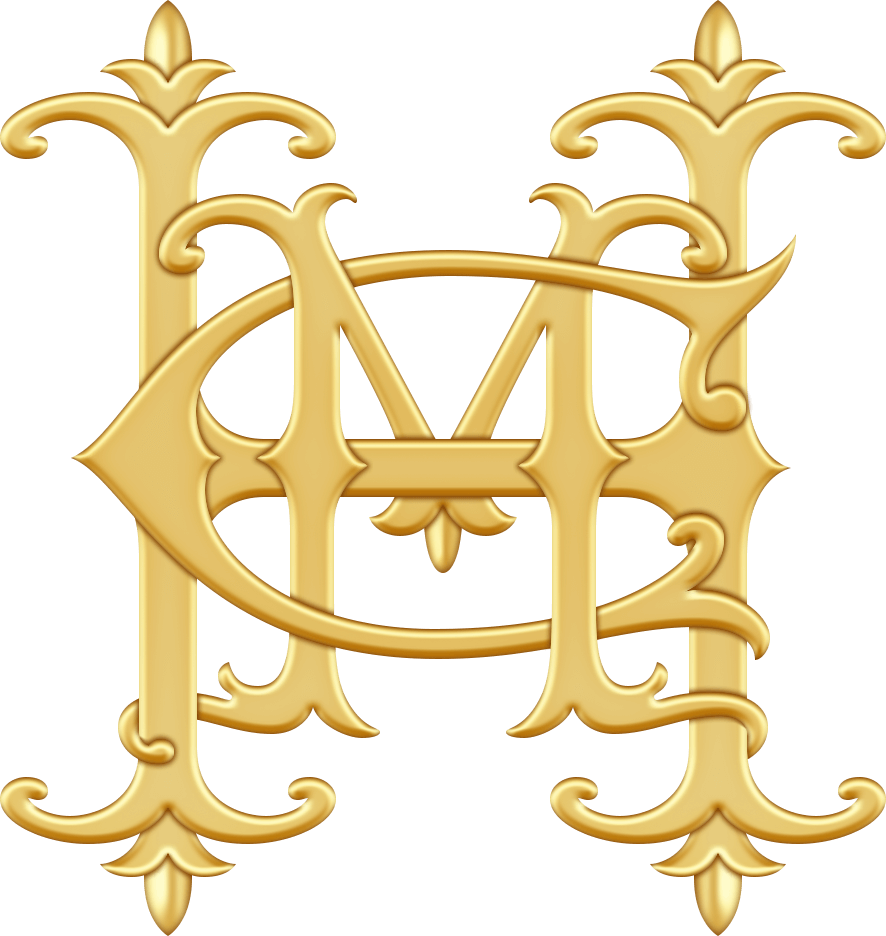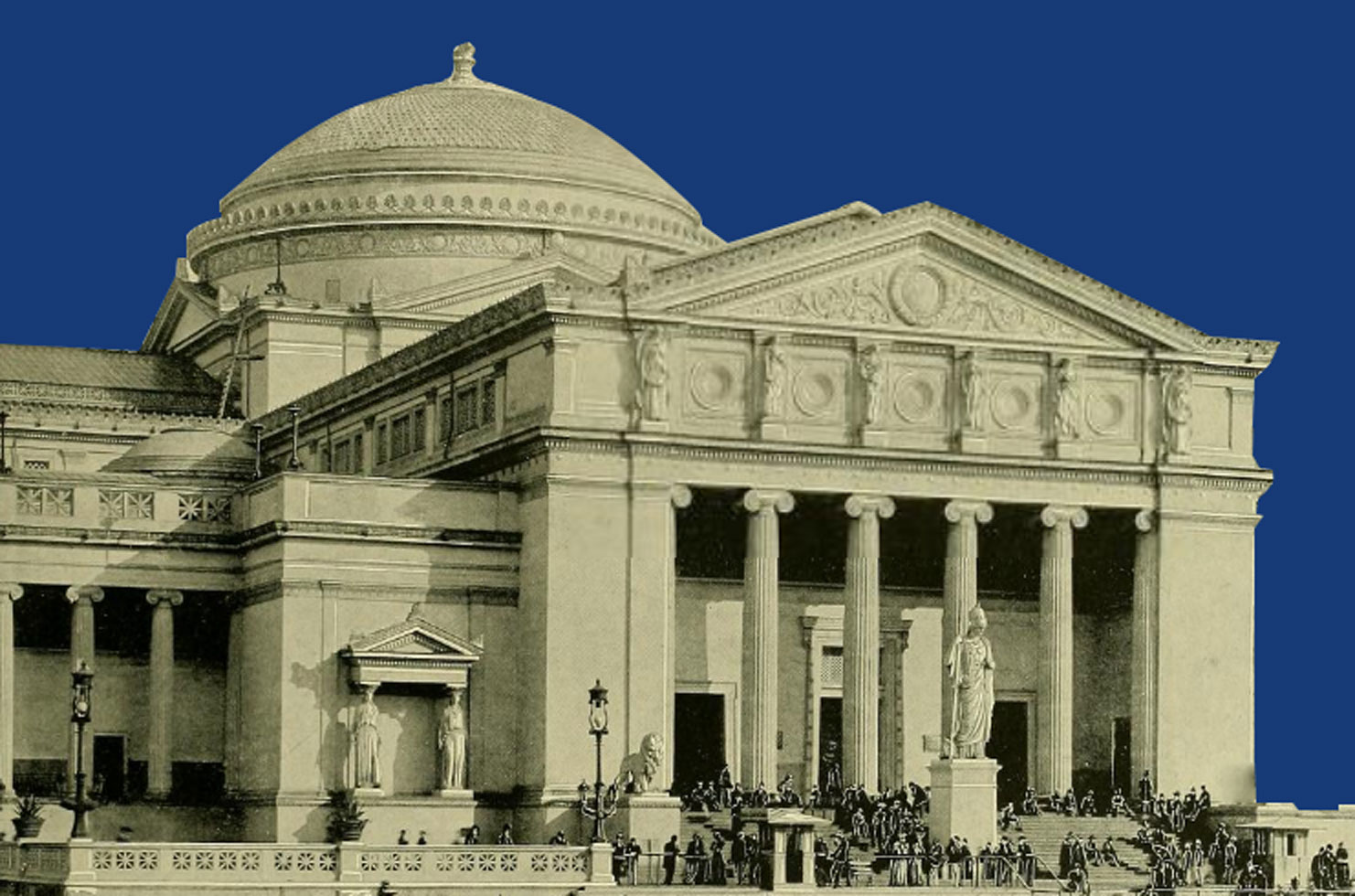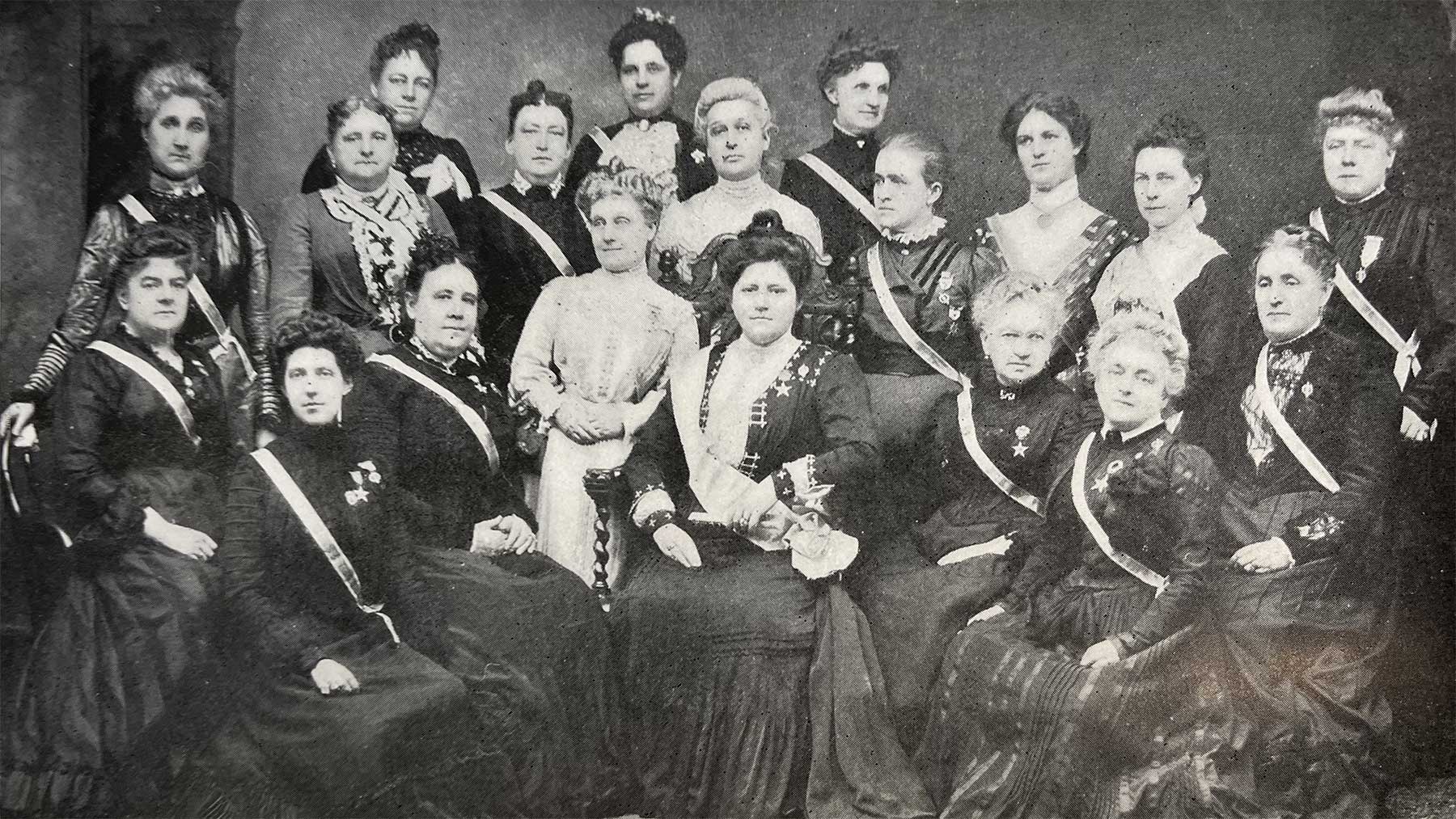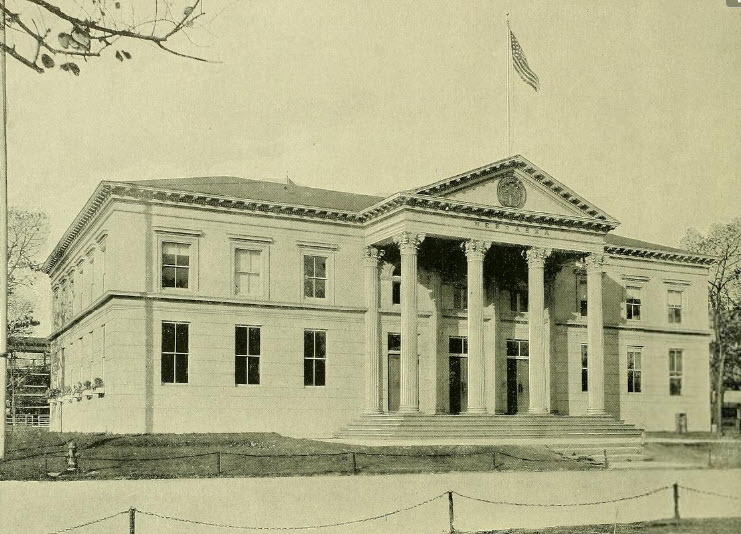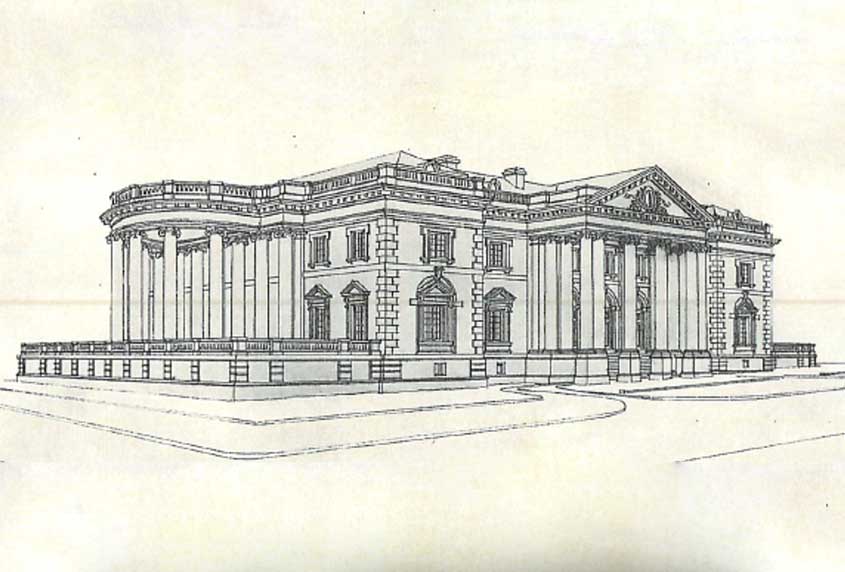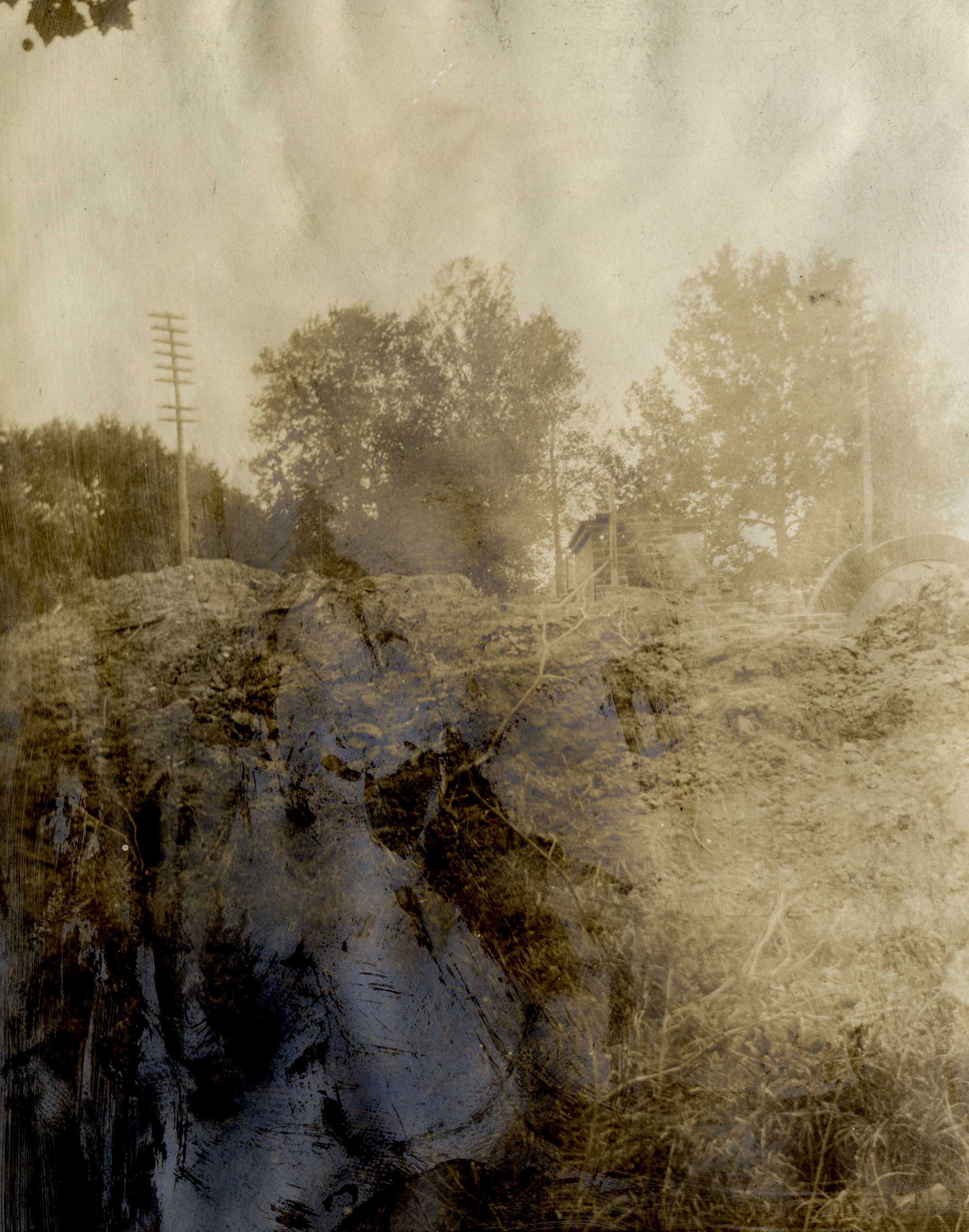In The Beginning
One of the first acts of the organization, October 18,1890, was to pass a resolution offered by DAR founder Mary Smith Lockwood “for a fireproof building, to be used as a Museum for Revolutionary relics, with the possessions and records of the Society; a meeting place for the Society – in short, a building which would carry the idea of Washington, – a Memorial Building.”
By the end of its first Continental Congress, February 22-24, 1891, $650 had been collected for the permanent building fund.
One year later, October 11, 1891, Mary McDonald offered the following resolution: “That all charter fees and all Life memberships shall be set apart for the nucleus of a building fund.”
On October 24, 1891, Ellen Hardin Walworth offered a resolution suggested that the building be known as the “Memorial Manor” of the Daughters of the American Revolution. After further discussion “Memorial Continental Hall” was adopted.
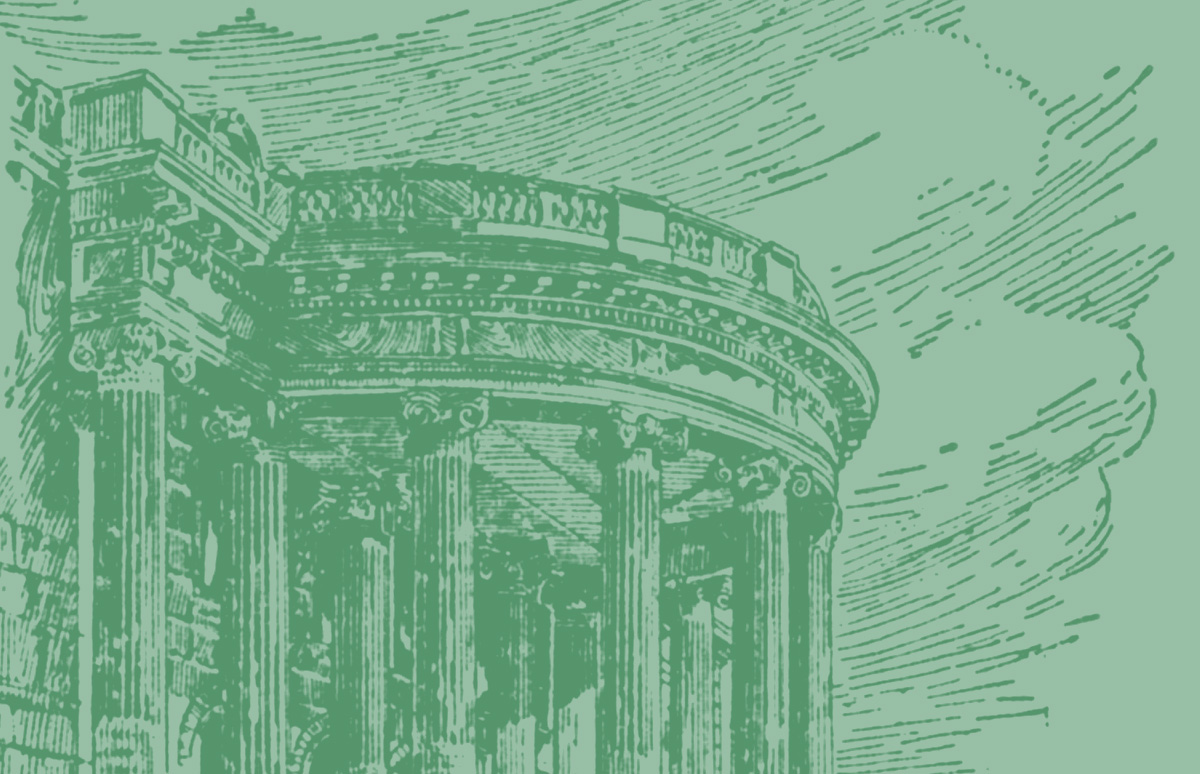
Video Series – A Closer Look at Memorial Continental Hall
President General, Mrs. Caroline Scott Harrison
Daughters sought the cooperation of the United States Congress by petitioning for a site. This was granted, and a piece of ground was given. It was afterward noted in a communication from the Chairman of the Committee of the U.S. Congress that there was a clause in the title preventing the erection of a building and another site would be given in its place.
“Daughters, do not falter in your work until Continental Hall is complete.”
— President General, Mrs. Caroline Scott Harrison at the March 1892, Board Meeting
Presidents General Letitia Green Stevenson, Mary Parke Foster, and Mary Fryer Manning, labored incessantly to secure land through the U. S. Congress. After a long delay it was decided to purchase land on their own. On June 3, 1902, under the leadership of President General Cornelia Cole Fairbanks, property was purchased. The committee responsible for identifying this superb location included Augusta Danforth Greer and Miranda B. Tulloch, with assistance of Judge A. C. Greer.
The cost of the ground, 10 acres, lot 173, was $50,266.17.
The Architects envisioned a
“White City – The City Beautiful”
The DAR architecture subcommittee was inspired by the 1883 World’s Columbian Exposition, Chicago. Their architects envisioned a “White City – the City Beautiful.”
“The White City was as remarkable for perfection of architectural detail as for mammoth grandeur.”
The Chicago World Exposition, 1892, “White City” Library of Congress
Group Photo, Part of the National Board of Management, 1902. Cornelia Cole Fairbank, President General,Seated in front middle. Smithsonian DAR Report 1901-1902

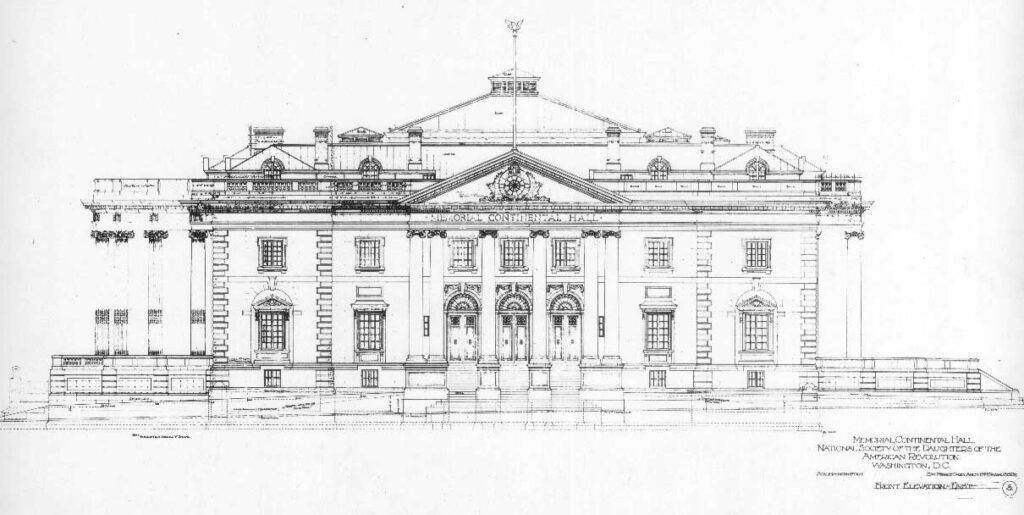
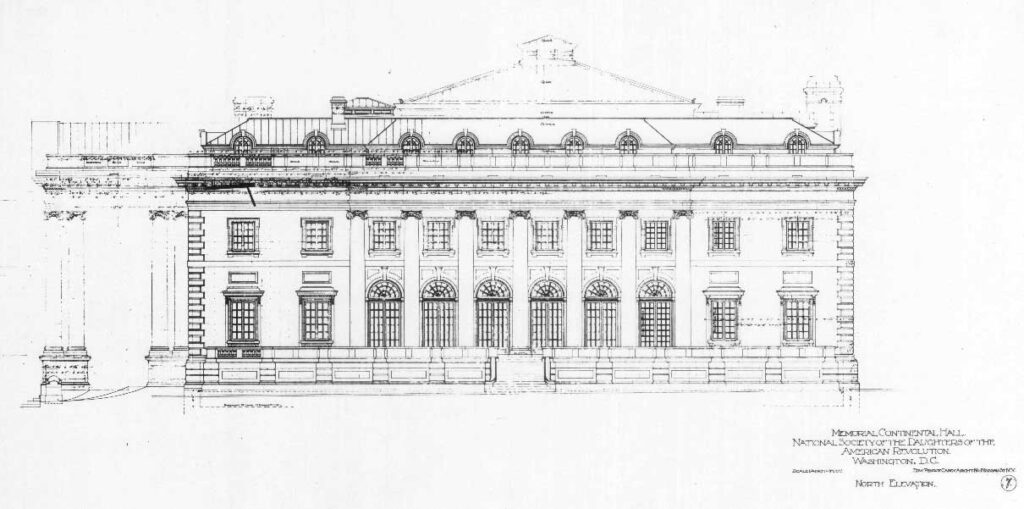
Overwhelmingly, Daughters were enamored with the architectural designs of classical Columns and a Portico, put forth by Edward Pearce Casey, who was subsequently selected as the Architect on June 4, 1903.
The Building Committee also underscored Casey’s design because it closely resembled the White House.
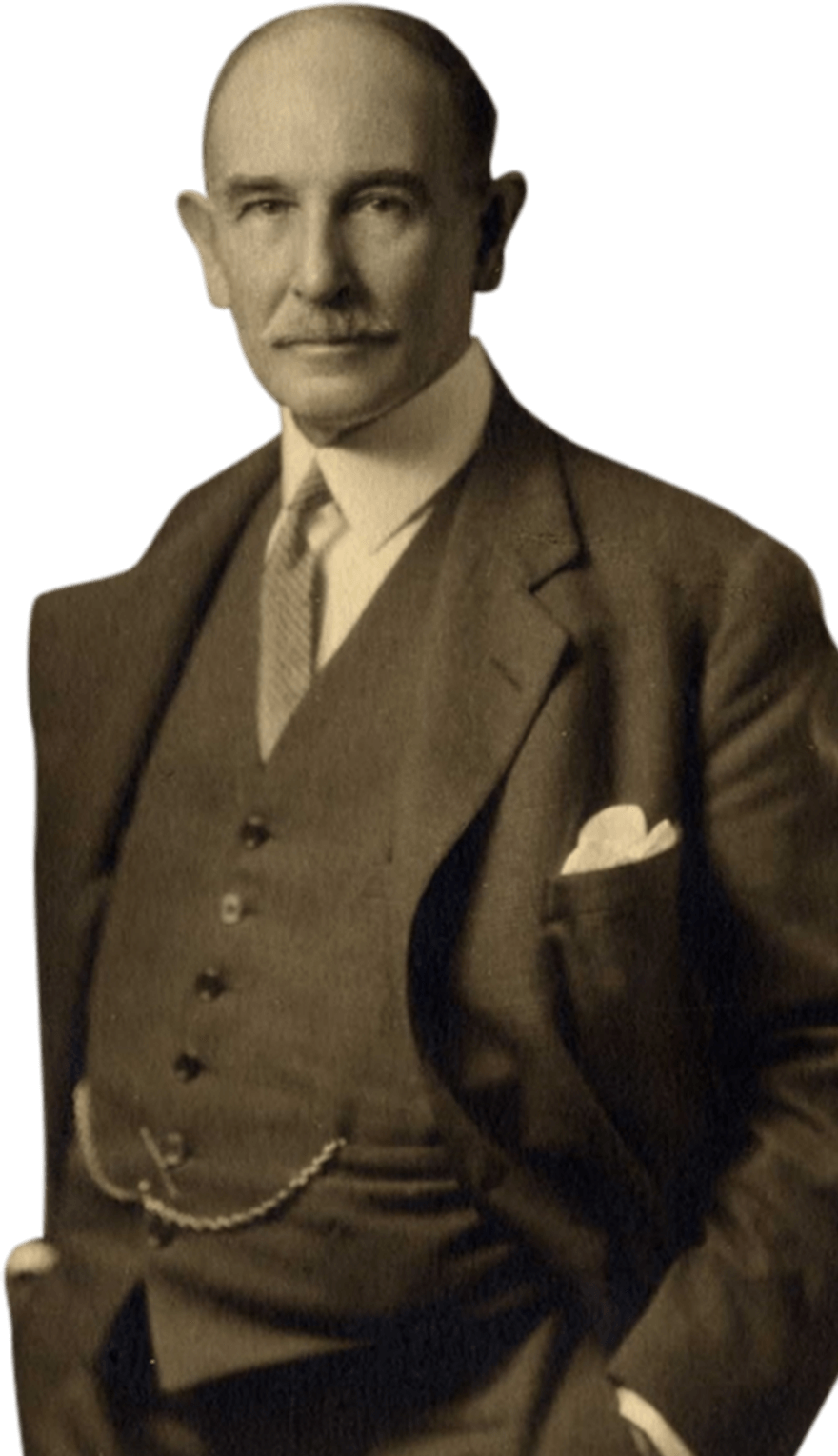
Architecture:
Colonial Classic
Materials:
American
Structure:
Vermont Marble
March 18, 1904, contracts for “excavation and building foundation construction” were approved and signed.
In digging, the workman unearthed a portion of the floor of a house and several Spanish coins.

